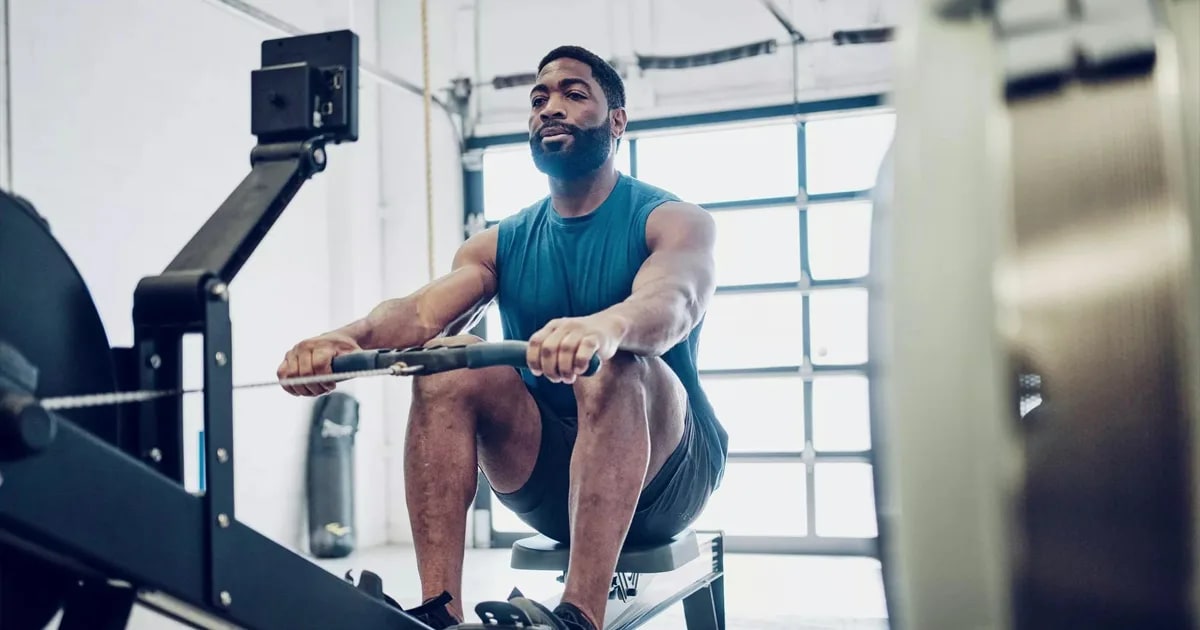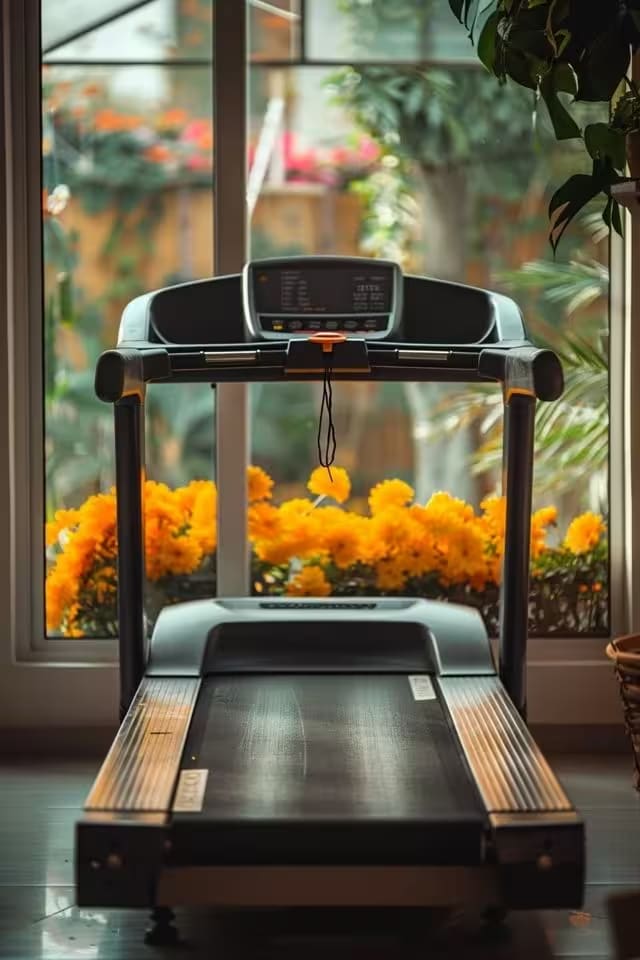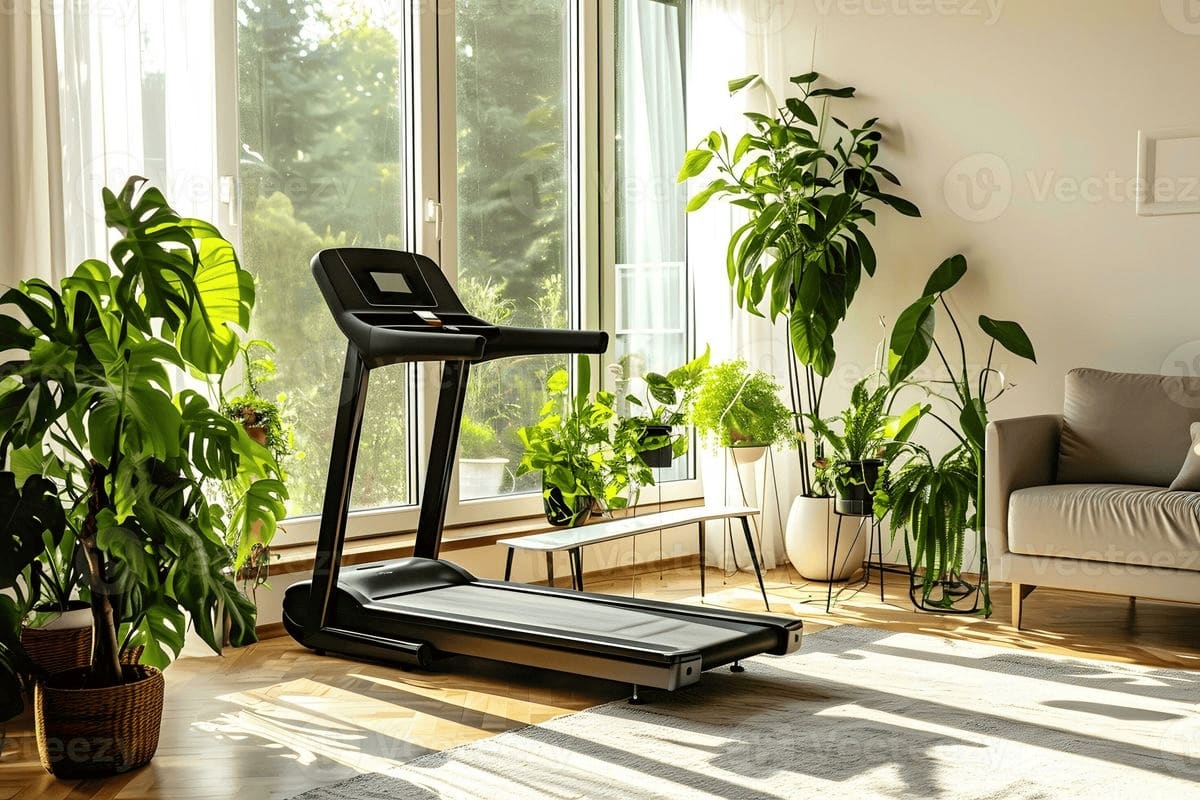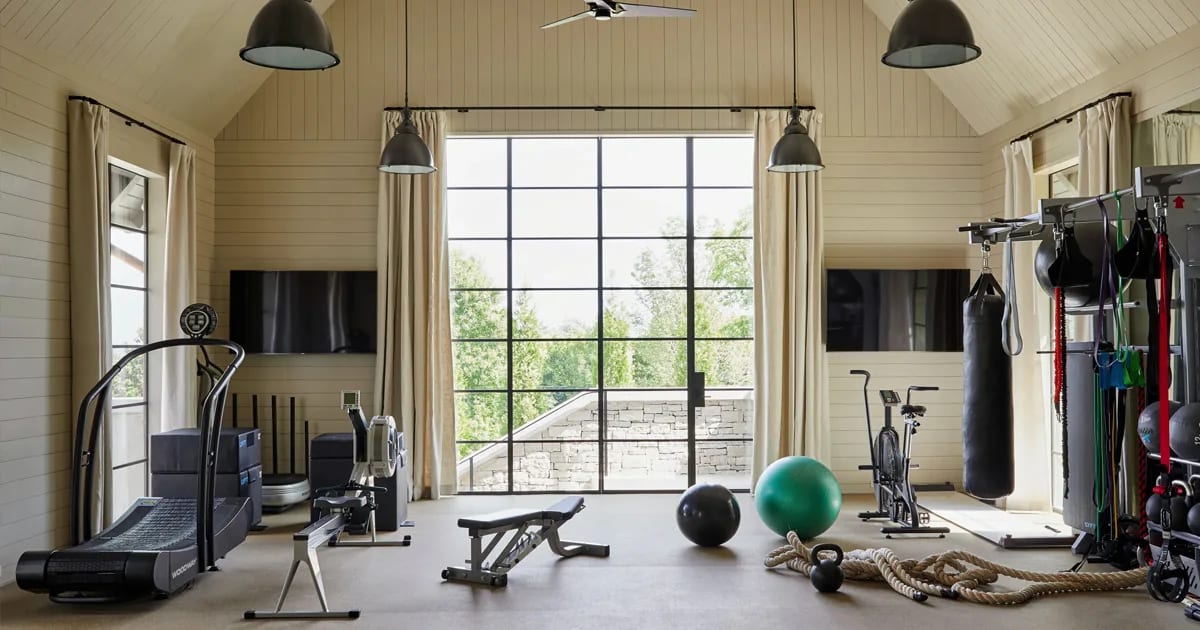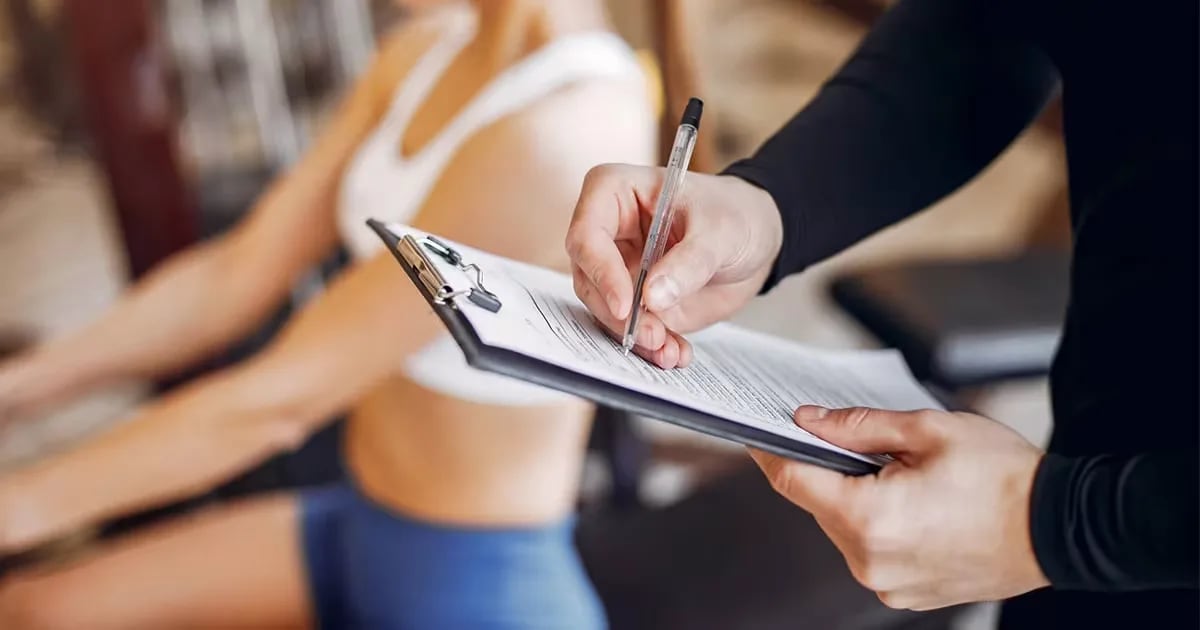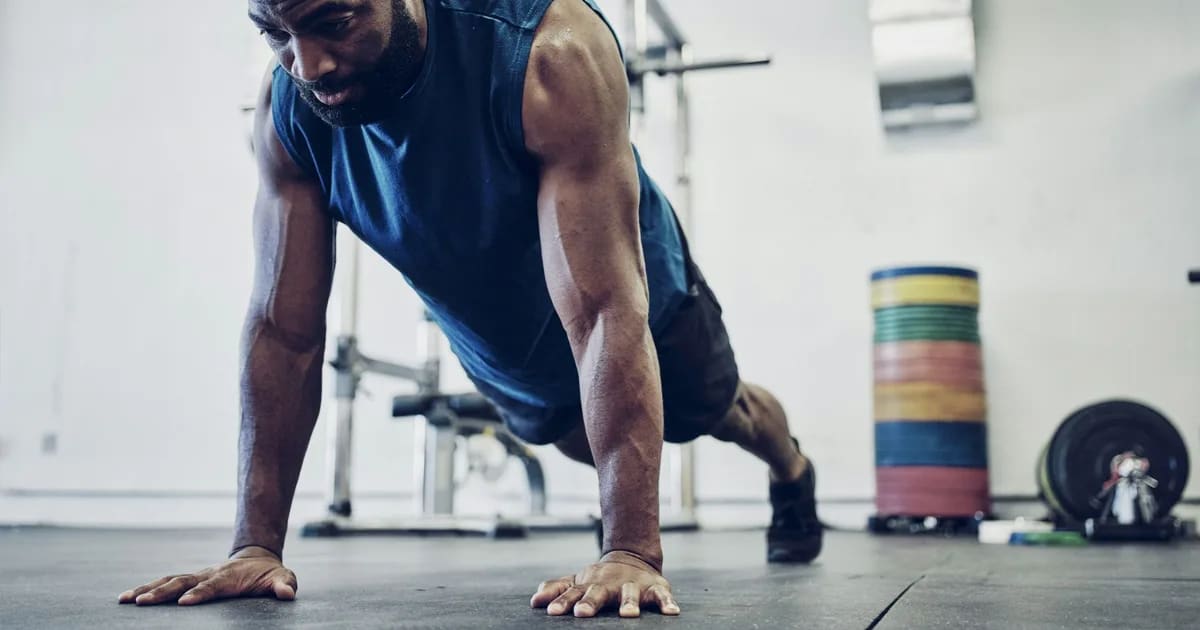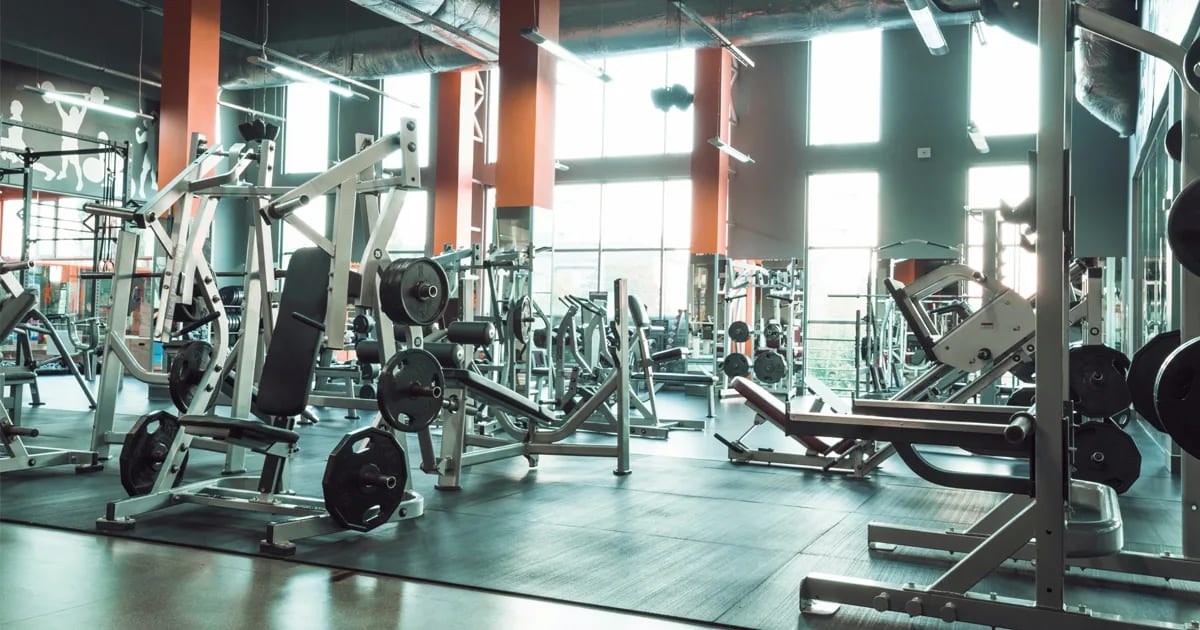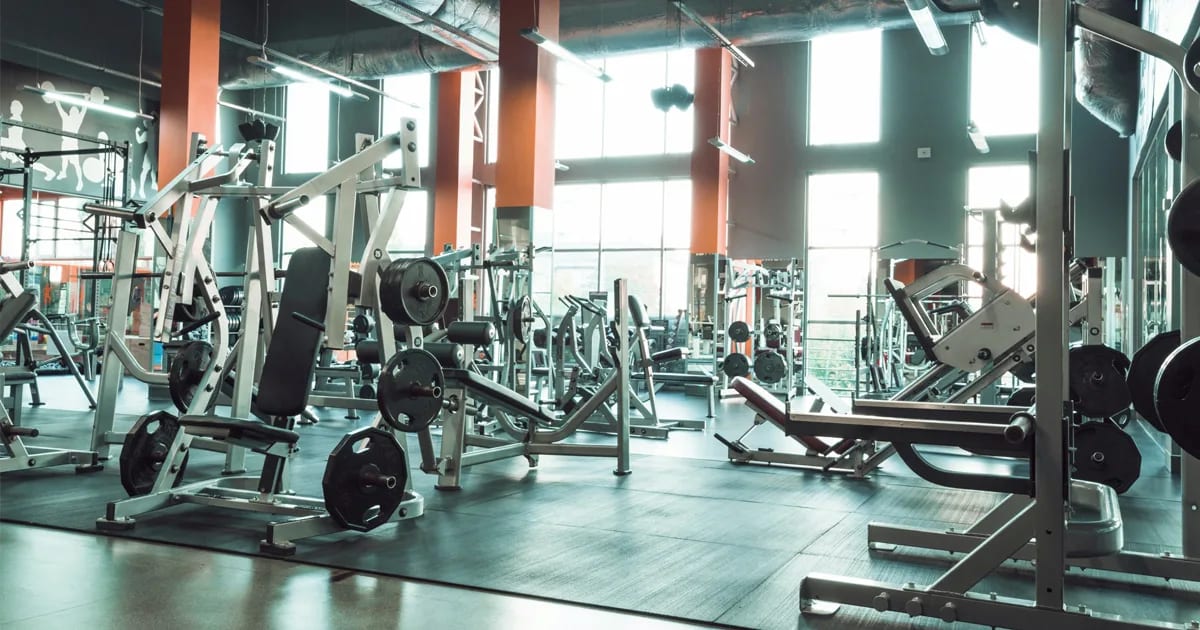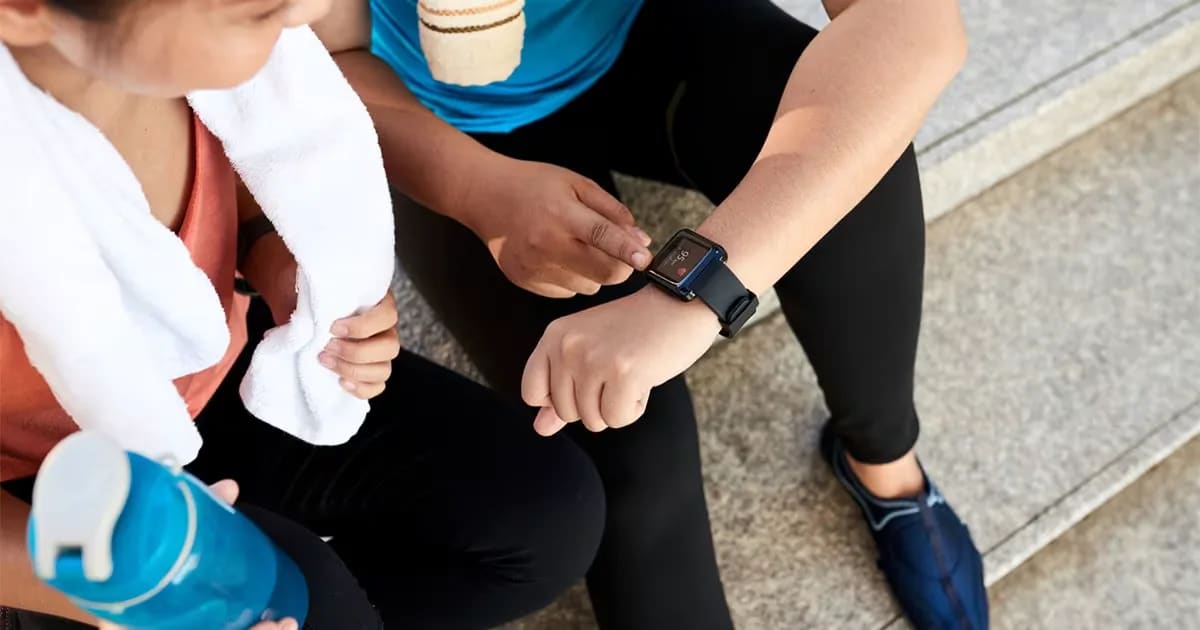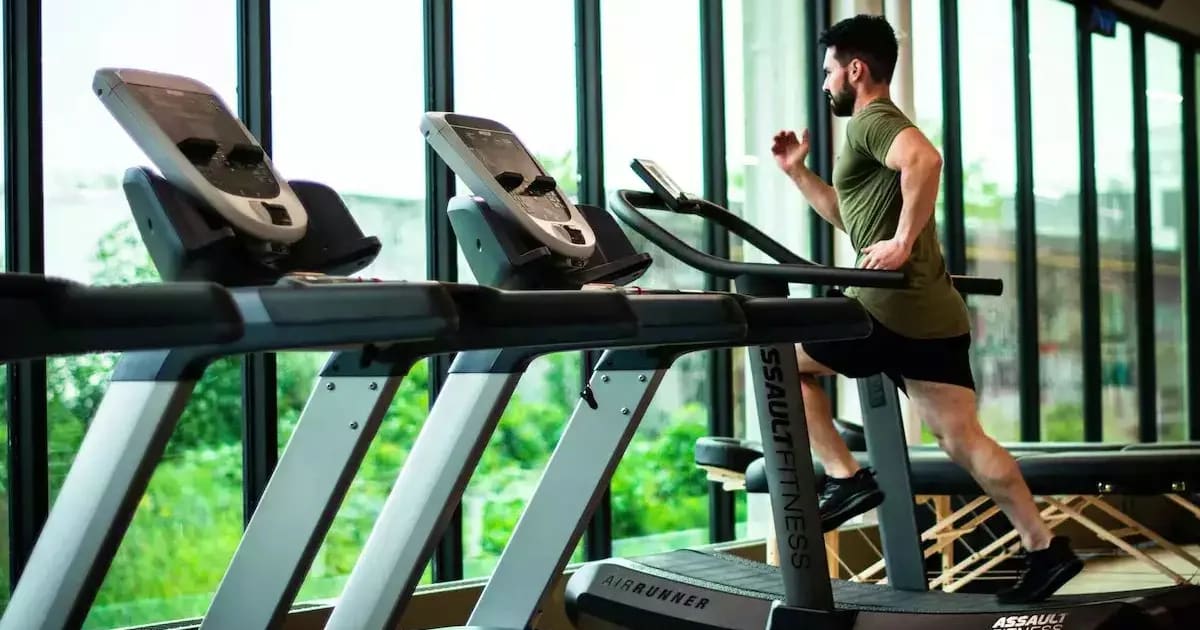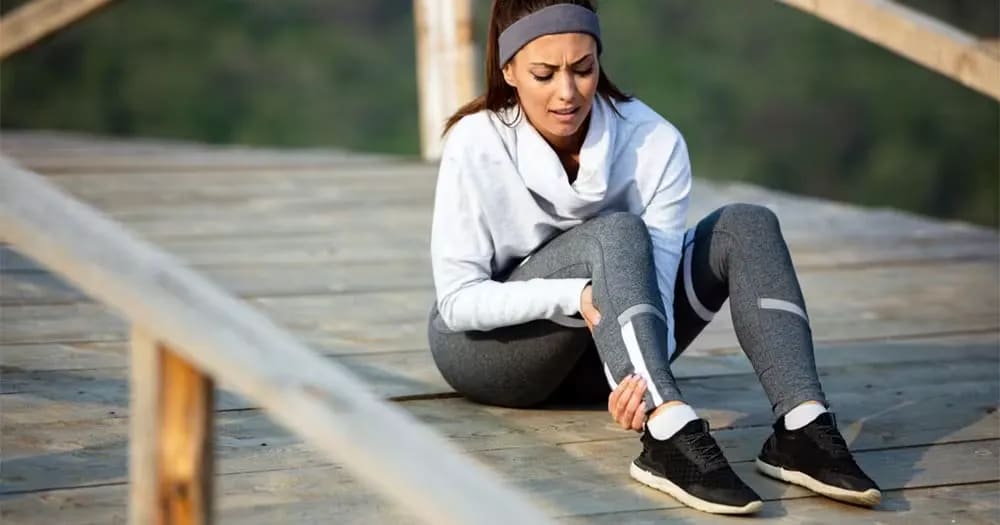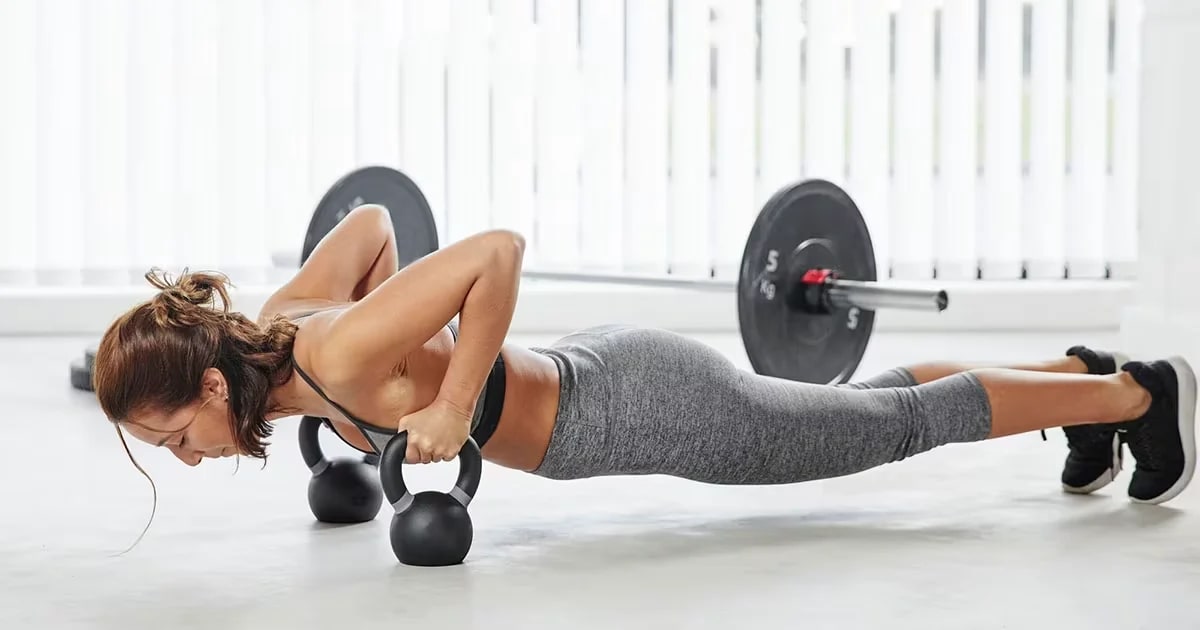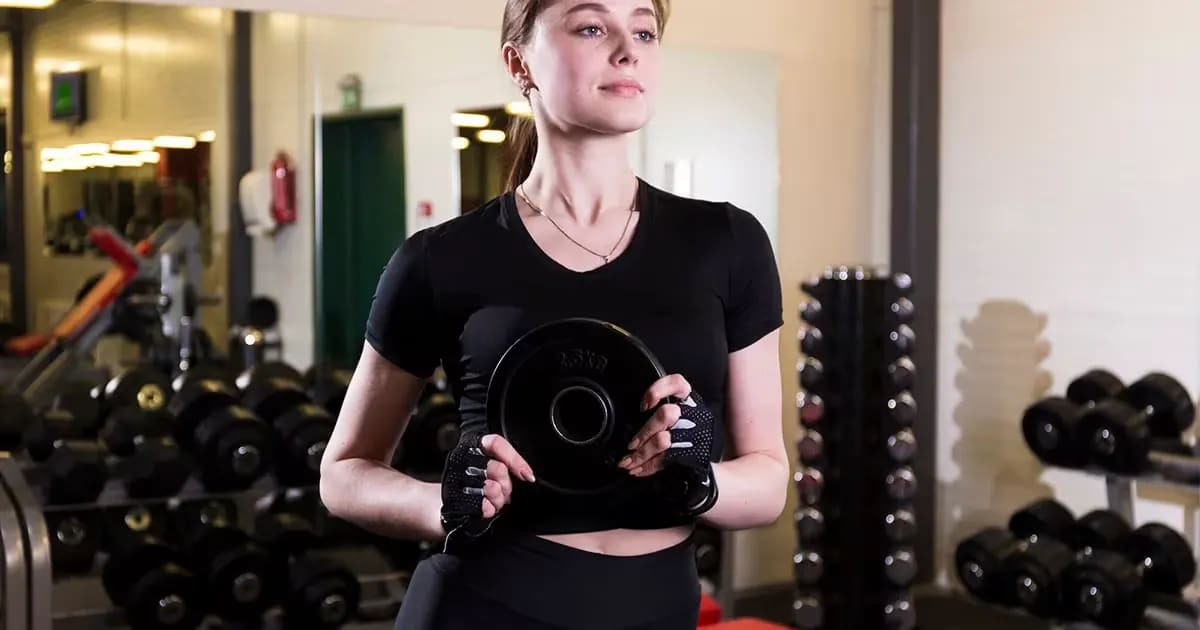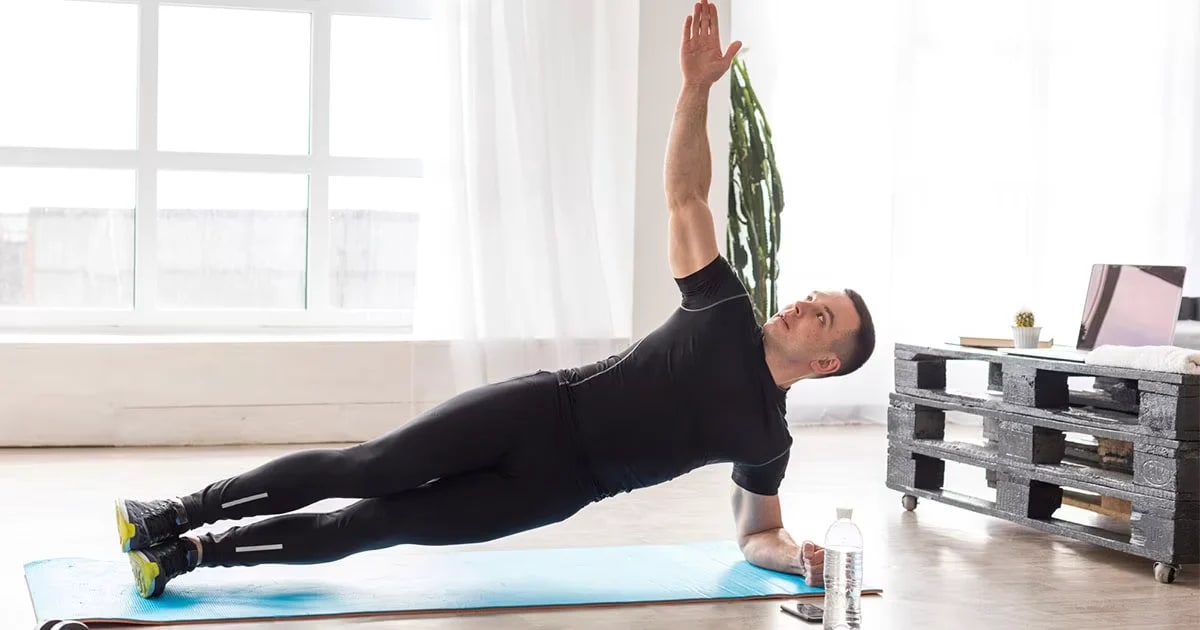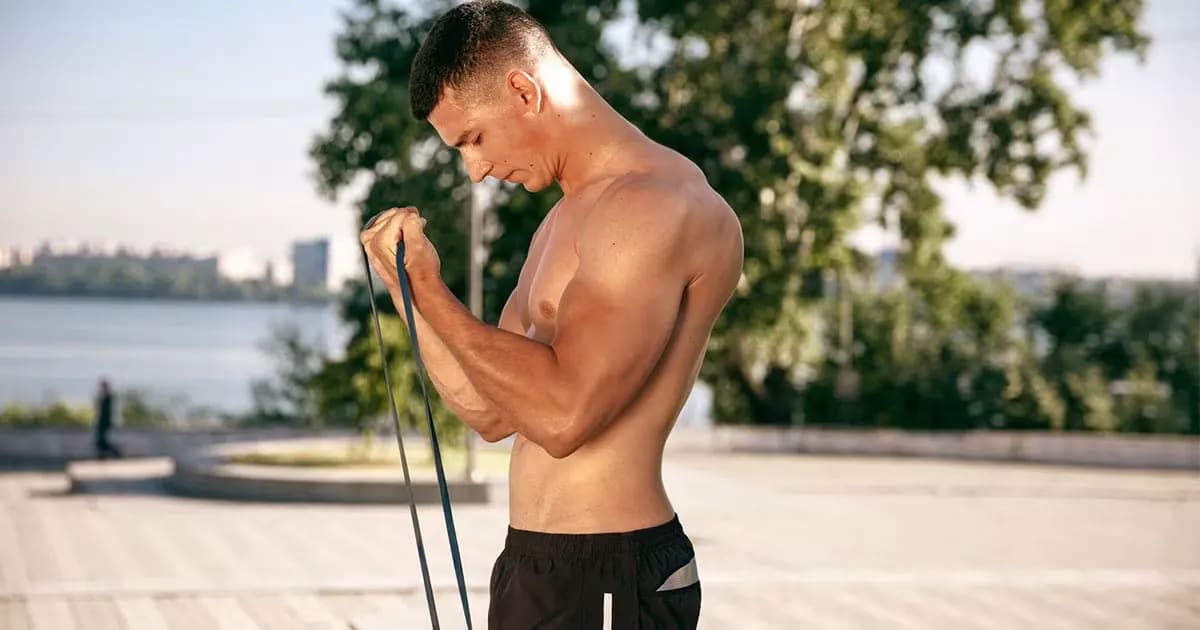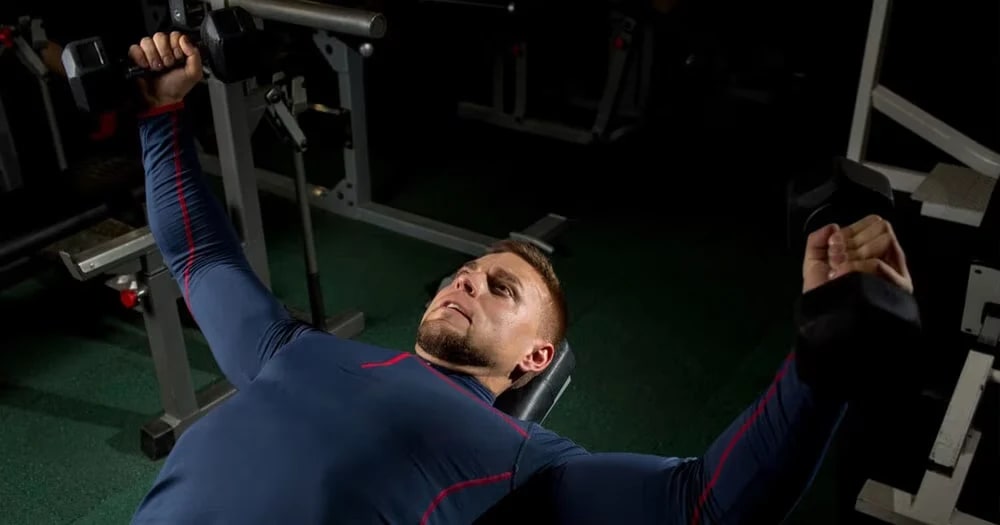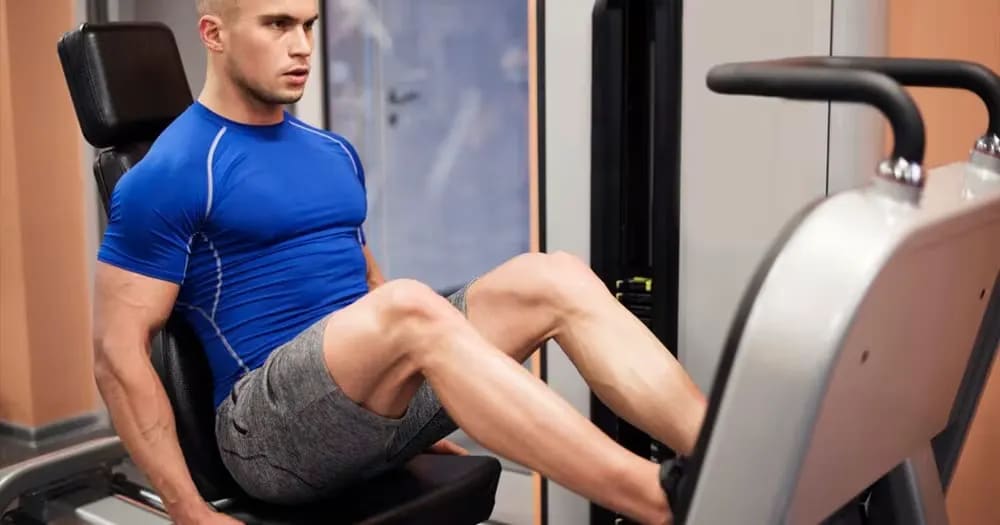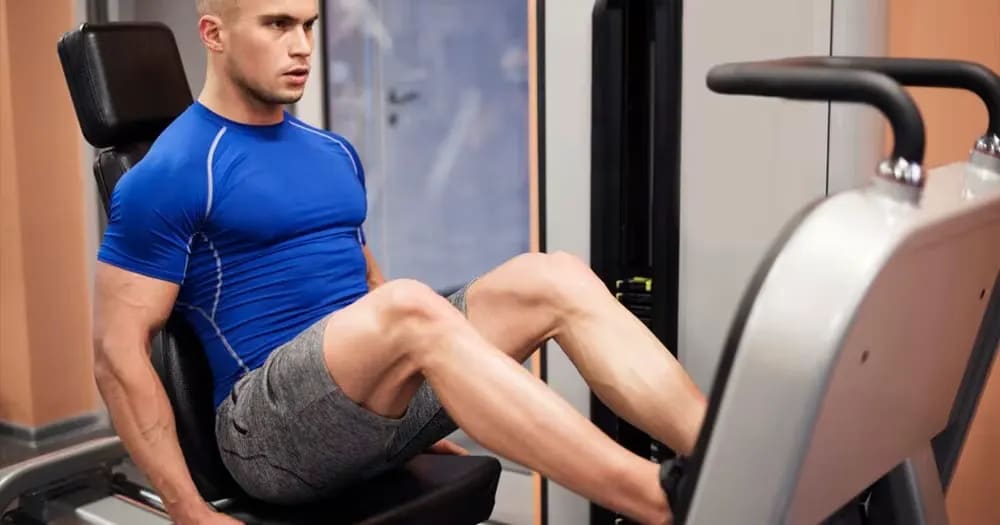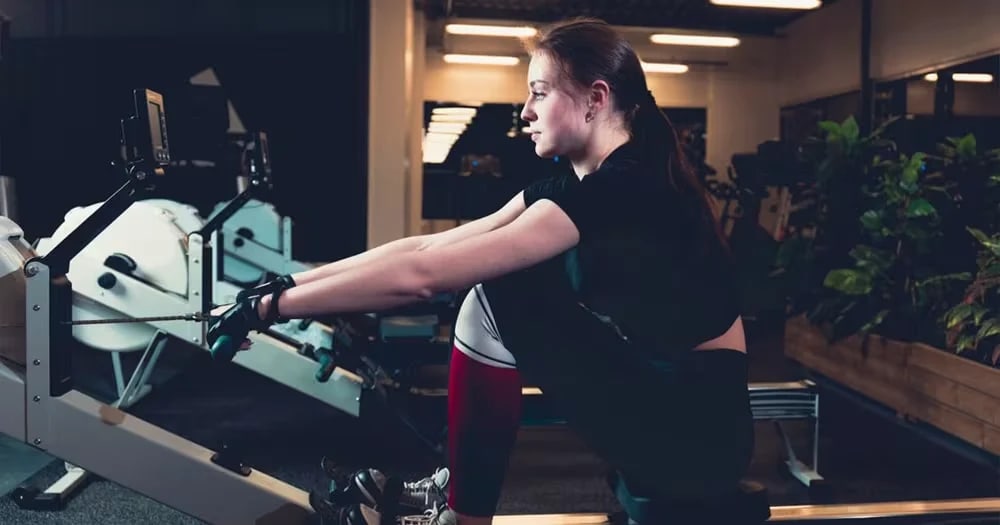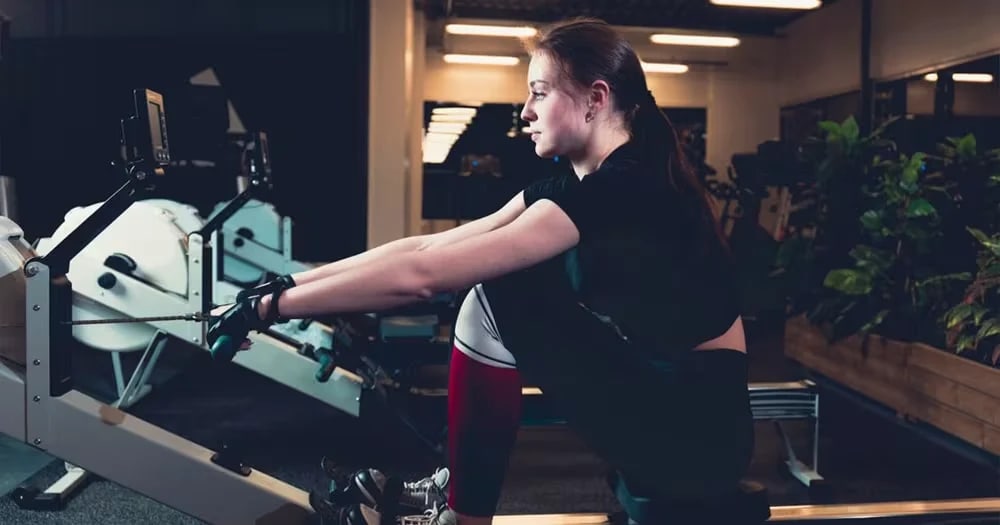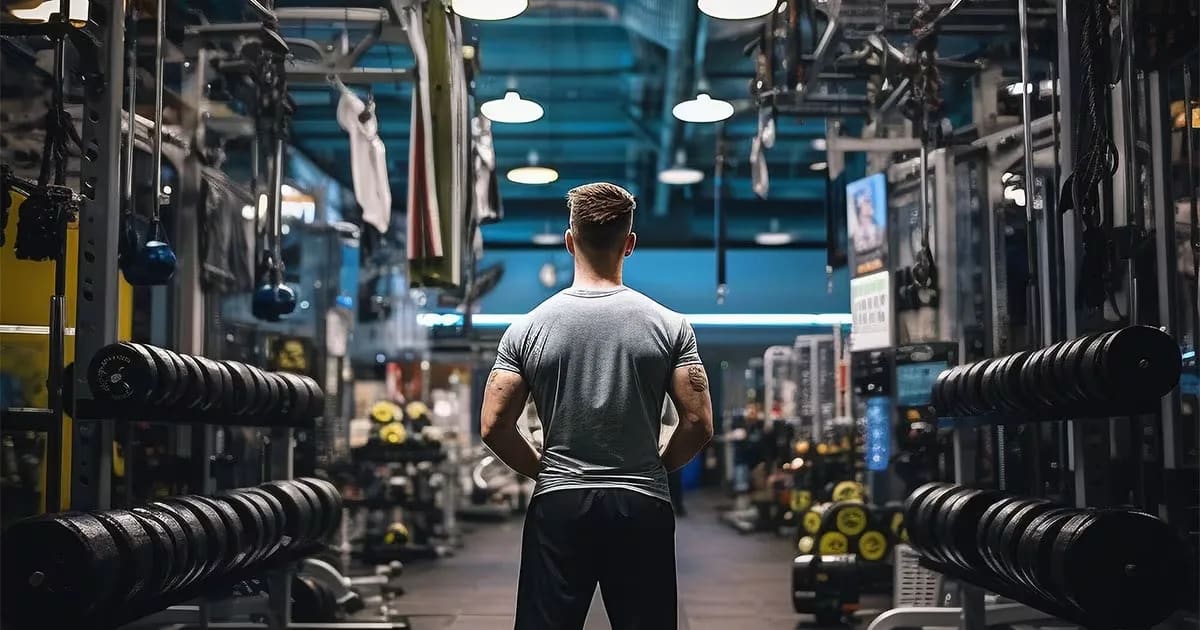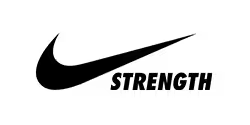Head Injuries in Fitness: Understanding, Prevention & Smart Gym Safety
Head Injuries in Fitness: Understanding, Prevention & Smart Gym Safety
Head injuries are one of the most critical yet overlooked risks in fitness, sports, and active lifestyles. Whether you’re a professional athlete, a gym enthusiast, or someone starting a home workout journey, protecting your head should always come first.
From a minor bump to a severe traumatic brain injury (TBI), the consequences can be life-altering. The human brain controls every aspect of your movement, memory, and coordination and even a mild concussion can affect reaction time, balance, and focus during training. This blog explores what head injuries are, their causes, symptoms, prevention strategies, and the role of gym equipment and protective gear in keeping you safe.
What Are Head Injuries?
A head injury refers to any trauma that affects the scalp, skull, or brain. In the fitness environment, these injuries often happen because of accidental impacts, falls, or equipment misuse.
During strength training or contact sports, the brain can move suddenly inside the skull due to force, causing bruising, swelling, or tearing of nerve tissues.
In gyms, this can occur from dropping a dumbbell, slipping on a treadmill, losing control during a lift, or being struck during sports practice. Unlike muscle injuries, head trauma isn’t always visible, which makes awareness and prevention essential.
Types of Head Injuries in Training Environments
1. Concussions
The most common form of head trauma is in gyms and sports. A concussion occurs when a blow or jolt disrupts brain function. Symptoms include headaches, dizziness, confusion, and blurred vision. Even if you “feel fine,” repeated minor concussions can cause long-term effects like memory loss or concentration issues.
2. Contusions
A contusion is essentially a bruise on the brain caused by a direct impact, such as bumping your head on a barbell or machine frame. Mild contusions often heal with rest, but severe ones may lead to brain swelling or internal bleeding.
3. Skull Fractures
Severe impact injuries, like dropping heavy weights or falling, can cause fractures in the skull. These require immediate medical attention, especially if you notice bleeding, fluid discharge, or loss of consciousness.
4. Intracranial Hemorrhage
This occurs when blood vessels rupture inside or around the brain. It’s extremely dangerous and can lead to brain pressure, seizures, or coma if untreated.
5. Diffuse Axonal Injury (DAI)
This severe form of injury happens during rapid head motion like high-speed cycling accidents or boxing impacts and can cause long-term neurological damage.
Common Causes in Gyms & Sports
• Improper Equipment Use
Incorrect lifting posture, unstable benches, and unlocked machine pins are major contributors. Even a slipped grip while performing overhead presses can cause serious trauma.
• Lack of Protective Gear
Many athletes underestimate the value of helmets or mouthguards. Sports like boxing, MMA, or cycling without proper head protection significantly increase concussion risks.
• Overcrowded Workout Spaces
Busy gyms often create chaotic environments. Accidental collisions, swinging barbells, or sudden movements in cramped zones can lead to head injuries.
• Neglected Maintenance
Loose cables, slippery flooring, or worn-out padding are silent hazards that must be addressed by gym owners and staff.
Recognizing Symptoms
Mild Head Injury Symptoms
- Headache or light pressure
- Dizziness or confusion
- Sensitivity to light or noise
- Fatigue or blurred vision
Moderate to Severe Symptoms
- Loss of consciousness
- Nausea or vomiting
- Seizures or clear fluid from nose/ears
- Difficulty speaking or balancing
- Uneven pupils or weakness on one side of the body
Diagnosis & Treatment
If a head injury is suspected, seek medical attention immediately. Doctors often use neurological exams and imaging tests like CT scans or MRIs to determine the extent of damage.
Treatment for mild injuries typically involves rest, hydration, and avoiding strenuous activity until symptoms resolve.
For moderate or severe injuries, hospitalization may be required. Treatment may include medication to control swelling, surgery to relieve pressure, and rehabilitation therapy.
Rehabilitation often includes balance training, memory exercises, and physical therapy to restore full brain-body coordination.
Prevention: Protect Your Head While You Train Gym Safety Essentials
- Always secure machine pins and locks before lifting.
- Avoid rushing your workouts controlled movement reduces risk.
- Maintain a clutter-free area and use rubber flooring mats to absorb shock.
- Never perform overhead lifts without a spotter.
Outdoor & Sports Safety
- Wear MIPS-certified helmets for cycling, skating, or skiing.
- Use mouthguards in contact sports to protect your jaw and minimize concussion risk.
- Invest in padded headguards for boxing, MMA, or martial arts.
Gym Design & Maintenance
- Install anti-slip mats, clear walkways, and adequate lighting.
- Regularly inspect cables, pulleys, and bolts on gym machines.
- Offer safety workshops for trainers and members to encourage best practices.
Equipment That Prevents Head Injuries
| Equipment | Function | Ideal Use |
| Helmets (MIPS-certified) | Absorb shock & reduce brain rotation | Cycling, boxing |
| Head Guards | Protect skull & face | MMA, combat sports |
| Mouthguards | Reduce jaw impact & concussion risk | Boxing, football |
| Rubber Flooring Mats | Cushion falls & prevent slips | Weight training zones |
| Adjustable Benches with Locks | Prevent collapse or tipping | Strength training |
| Padded Headrests & Neck Braces | Support posture during lifts | Leg press, bench press |
Innovations in Head Injury Prevention
The world of fitness safety is rapidly advancing:
- Smart Helmets now feature built-in impact sensors that alert athletes and coaches when force thresholds are exceeded.
- Wearable Airbags deploy during falls, cushioning the neck and head especially for cyclists and skiers.
- Advanced Materials like graphene, carbon fiber, and memory foam are being used in helmets and pads to improve comfort while maximizing protection.
Such innovations prove that prevention and performance can coexist, empowering athletes to train harder and smarter.
Recovery & Mental Health After Head Injuries
Recovering from a head injury goes beyond physical healing. Mental health plays a major role in the recovery process.
During recovery:
- Ease back into physical activity gradually under professional supervision.
- Practice mindfulness and breathing techniques to reduce anxiety.
- Follow a nutrient-rich diet with omega-3s, antioxidants, and lean protein to support brain repair.
- Stay hydrated and maintain consistent sleep patterns.
Many individuals experience emotional effects such as irritability, depression, or memory lapses post-injury. Counseling and peer support groups can be extremely helpful during this stage.
Head Safety for Children in Fitness
Children’s developing brains are more vulnerable to trauma. Parents and coaches should:
- Ensure kids use age-appropriate gym or sports equipment.
- Supervise all workouts closely.
- Teach safety habits like wearing helmets during biking, skating, or contact sports.
- Encourage breaks and hydration to prevent fatigue-related mishaps.
Legal & Advocacy Aspects
Head injury prevention is not just personal it’s also an organizational responsibility.
- Gym Owners: Must ensure safe infrastructure, regular inspections, and visible warning signs.
- Trainers & Coaches: Should enforce concussion protocols and provide immediate care when needed.
- Sports Federations: Have implemented stricter head injury policies, such as mandatory rest periods post-concussion and improved equipment standards.
These measures help build a culture of safety that protects both athletes and recreational fitness lovers.



